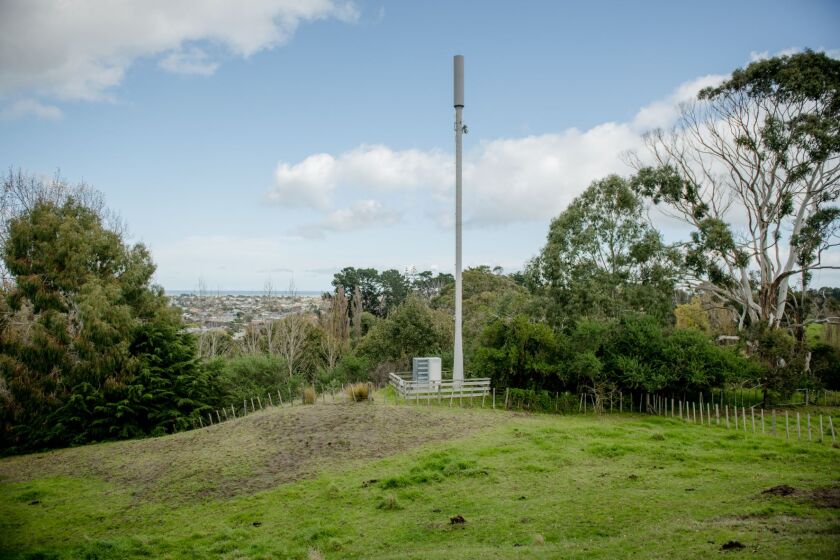There’s a tonne of hype around ultra-fast broadband (UFB). Many (myself included), are itching to get a taste of its extra capacity and speed. UFB became a very real prospect when Chorus signs popped up around my neighbourhood. The excitement was palpable. Soon men in fluoro vests were digging up streets. The neighbourhood was awash with anticipation. It didn't last. Chorus stopped laying fibre two houses either side of my place. Like other frustrated users, I won’t be able to add fibre to my online diet until 2018. It seemed that my own slice of gigabit goodness wasn’t meant to be. At least that was until Vodafone announced FibreX.
FibreX – What Is It?
Fibre-X delivers gigabit-like speeds. It uses Vodafone’s cable-fibre network in Wellington, Christchurch, and the Kapiti Coast. I was ecstatic. I could finally ditch my ADSL connection. It'd been fine years back, but now its performance wasn’t great. When the wind blew the right way it'd deliver 9Mbps download and a sluggish 0.91Mbps upload. In short, Vodafone’s timing with FibreX couldn’t have been better.
The Need for Speed - Streaming, Capacity and Latency
Like a growing number of kiwis, I’d taken to feeding my TV and movie habit using streaming services. For standard definition streams, ADSL sort of worked. It didn’t look great on a large screen and would often buffer in the middle of a show or movie. This changed with FibreX. Netflix HD and 4K content now works. Better still, unforeseen waits while content buffers hardly ever happen at all. FibreX also gives a heap more capacity. I have several people using the broadband connection plus 20+ connected devices ranging from music players, video players, cameras, security systems and so on.
My ADSL connection would tank if its capacity got swamped by devices auto updating and people pulling files from the cloud. This is a non-issue with FibreX. Its performance is rock solid regardless of what is happening with household devices and other users.
Another unconsidered yet huge improvement is latency. This is the time in milliseconds it takes for a chunk of data to travel between my network and a remote server. Low latency times translate into a snappy and responsive connection. High latency times makes everything feel slow. This is particularly critical for gaming. Latency on my ADSL connection made gaming feel like wading through frozen treacle. With FibreX, latency dropped to 5ms. It is like night and day.
Then there's upload speeds. Uploading one or two photos from my smartphone to social media or Google Photo used to take a few minutes. With FibreX, uploads now zoom along at a blistering 97.83mbps. Photo uploads are now so fast they’re all but seamless.
So how fast is it?
According to Ookla's speed test, Fibre-X over a 5Ghz wireless connection saw 81-149Mbps downloads and 37-59Mbps uploads. Speeds also varied depending on how close I was to my router. Connecting using an Ethernet cable delivered huge speed improvements. Download speeds rocketed up to 800Mbps. Uploads were a healthy 120Mbps. Ping time has stayed at a respectable 5ms.
Installation
So FibreX works and works well. But what about getting it installed? I’d heard a pile of UFB installation horror stories. Headaches like getting fibre put into shared access or botched job installs are the stuff of nightmares. My FibreX installation proved to be a hassle free process. Vodafone’s contractor, Downer, called to confirm an installation date. At the appointed time, a technician turned up, tested the cable connection and set up a cable modem and router. Total installation time was about 20 minutes. Vodafone are so confident of the installation process they're offering a three-day FibreX installation guarantee or a $100 credit. Mine was more straightforward than most as I had an existing cable connection already running to my house.




